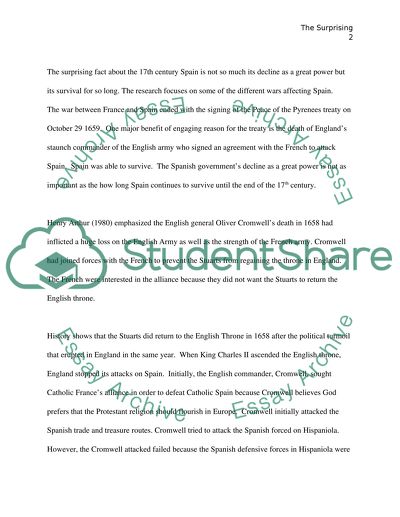Cite this document
(“The surprising fact about the 17th century Spain is not so much its Essay”, n.d.)
Retrieved from https://studentshare.org/environmental-studies/1420885-the-surprising-fact-about-the
Retrieved from https://studentshare.org/environmental-studies/1420885-the-surprising-fact-about-the
(The Surprising Fact about the 17th Century Spain Is Not so Much Its Essay)
https://studentshare.org/environmental-studies/1420885-the-surprising-fact-about-the.
https://studentshare.org/environmental-studies/1420885-the-surprising-fact-about-the.
“The Surprising Fact about the 17th Century Spain Is Not so Much Its Essay”, n.d. https://studentshare.org/environmental-studies/1420885-the-surprising-fact-about-the.


